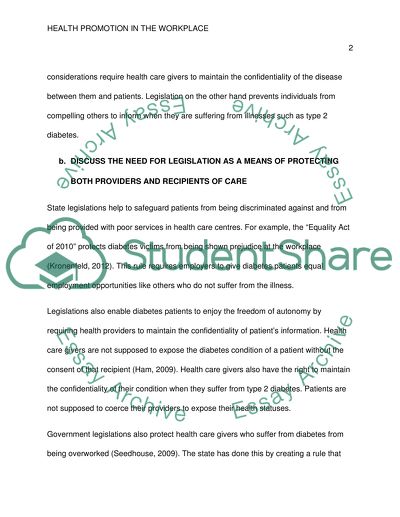Cite this document
(“1000 words Health Promotion in the Workplace Essay”, n.d.)
Retrieved from https://studentshare.org/health-sciences-medicine/1691798-1000-words-health-promotion-in-the-workplace
Retrieved from https://studentshare.org/health-sciences-medicine/1691798-1000-words-health-promotion-in-the-workplace
(1000 Words Health Promotion in the Workplace Essay)
https://studentshare.org/health-sciences-medicine/1691798-1000-words-health-promotion-in-the-workplace.
https://studentshare.org/health-sciences-medicine/1691798-1000-words-health-promotion-in-the-workplace.
“1000 Words Health Promotion in the Workplace Essay”, n.d. https://studentshare.org/health-sciences-medicine/1691798-1000-words-health-promotion-in-the-workplace.


